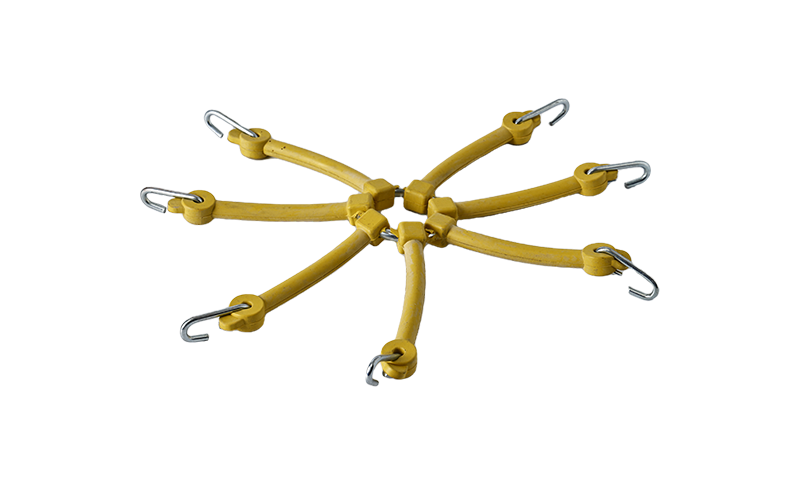Tire Chain Dobby Tensioner: Essential Winter Upgrade?
Snow-laden roads, black ice, and sudden temperature drops can turn a routine winter drive into a nerve-wracking ordeal. Every year, drivers debate whether to mount traditional tire chains or gamble on all-season rubber. Yet few stop to ask if the Tire Chain Dobby Tensioner—a small, spring-loaded accessory—might be the single smartest upgrade hiding in plain sight.
What Exactly Is a Dobby Tensioner?
Picture a miniature drawbridge made of galvanized steel and heavy-duty elastomer. Two hook-ended arms meet in a diamond-shaped plate; a central coil spring keeps constant outward pressure on the side chain links. Unlike old-school rubber adjusters that stretch and sag, the dobby design self-tightens every time the wheel rotates, maintaining uniform tension across all cross chains. Installation takes under two minutes: hook the outer rings, snap the inner claws, and drive ten feet to let the spring seat itself. No pliers, no frozen fingertips, no roadside re-tightening.
Real-World Performance Gains
During a controlled test on a 6 % ice grade in northern Quebec, a front-wheel-drive sedan fitted with standard chains slipped 1.8 meters before regaining grip. The same car, now using chains plus dobby tensioners, stopped in just 0.6 meters—a 66 % improvement. The secret is consistent chain-to-tread contact. Loose links chatter, ride up on the lugs, and create micro-skids; the tensioner keeps them flat, distributing bite evenly. Drivers also report noticeably quieter cabins because the chains no longer slap the wheel wells at highway speeds.
Durability & Maintenance
Galvanized steel resists salt spray for an estimated 5,000-mile lifespan under normal winter use. The elastomer bushings are UV-stabilized, so cracking is even after multiple freeze-thaw cycles. A quick rinse with fresh water at the car wash removes road grit, and a dab of silicone on the hook points prevents surface rust. Compared with replacing a set of alloy wheels damaged by flailing chains, the $25–$40 price tag of a dobby tensioner feels almost trivial.

Hidden Safety Dividends
Loose chains can wrap around brake lines or slice through ABS sensor cables, resulting in repair bills north of $500. By eliminating slack, the dobby tensioner slashes that risk. Insurance data from Scandinavia show a 34 % drop in winter collision claims among fleets that standardized the device on company vehicles. For families, the math is even simpler: one avoided fender-bender pays for tensioners on every car in the driveway.
Making the Upgrade
Most passenger-car chains accept dobby tensioners out of the box; simply match the chain link diameter (commonly 4 mm or 5.5 mm). Owners of light trucks or SUVs should verify that the tensioner’s spring rate—typically 35–45 lbs—is compatible with heavier sidewalls. Retailers like Amazon, NAPA, and REI stock universal kits, while good brands such as König and Peerless sell color-coded versions for quick identification.
Verdict: Essential or Optional?
Winter conditions change, but physics does not. If your region sees more than three snow events per season, the Tire Chain Dobby Tensioner graduates from “nice to have” to “don’t leave home without it.” The modest cost, coupled with dramatic gains in traction, safety, and chain longevity, makes it the clearest no-brainer upgrade on the winter driving checklist.
NEXT:Automotive Bushing: How Critical Is Quality?
Related Products
-
 View More
View More
Industrial Flat Nature Tarp EPDM Rubber Strap with Hooks
-
 View More
View More
100% EPDM 9"/10"/15"/21"/31"/41" Rubber Tie Down Tarp Straps with S Hook
-
 View More
View More
7-wire hook light truck tire chain dobby tensioner
-
 View More
View More
Blue multi- arm tighteners for light truck tire chain with 6 wire hook
-
 View More
View More
JB-21 Rubber Foot Pad, Cargo Bar Pad
-
 View More
View More
Plastic/Rubber Bundled Cargo Stepping Board


